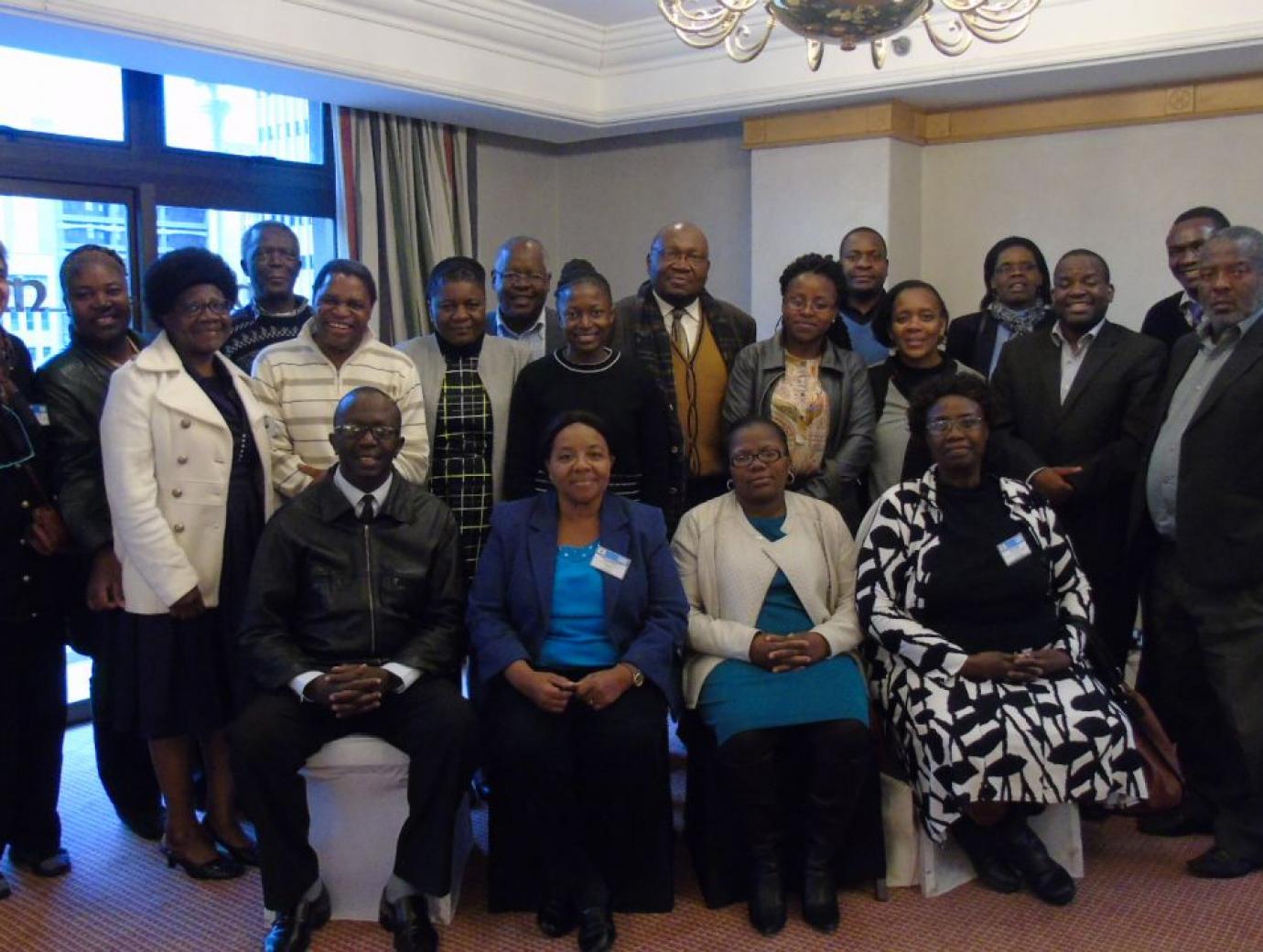On July 18th a workshop dedicated to new members of the NITAG of Zimbabwe was organized in Harare, Zimbabwe. Update on the objectives of that event and the flagships projects of the committee with Dr Gonah, the NITAG Chair.
The event of July 18-19 July gathered together some 20 participants. They were presented the functionning of a NITAG in accordance with WHO prerogatives, the methodology to issue evidence-based reccommendations and the tools to help review the evidence. The objective: to inform NITAG members of their missions
What are the carreer patterns of NITAG members?
The committee gathered together pediatricians, health economists, virologists, logisticians, public health doctors as well as immunologists or obsetricians. The committee is sharing the immunization landscape with other national committees, namely the ICC, the EPI laboratory and 3 polio committees. Some members of these committees are also part of the NITAG.
How many projects is the NITAG currently working on?
In our workplan, we intend to introduce the Hepatitis B vaccine at birth. We also want to conduct a study on the cost-effectiveness of HPV vaccines (Gardasil vs Cervarix). Finally we have introduced PCV in our EPI yet we would now like to see if PCV13 multi vial dose is more cost-effective. Our workplan will be finalized during our meeting on August 5th.
What has been the major challenging for a proper functioning of the NITAG so far?
Undoubtedly the availability of evidence based on local data. There are sometimes a lack of available local data and we check through databases on the internet to see if neighboring countries that share a similar environment may have available data to help us issue recommendations.


